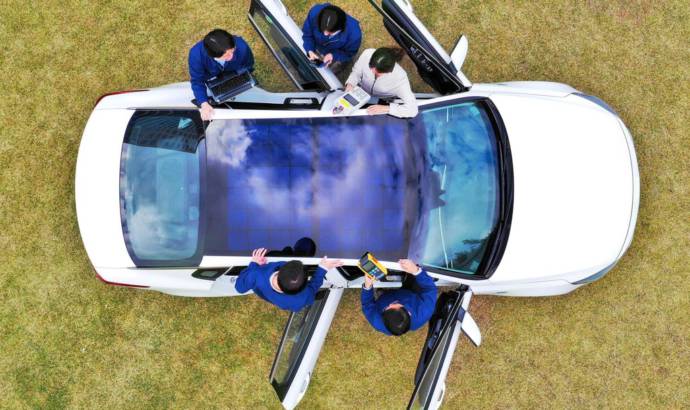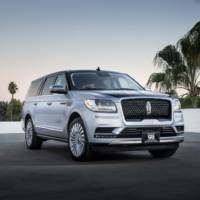Solar roofs are already popular among those who want a house with green energy. In the future, they will become popular aalso among cars. Hyundai-Kia Group is one of the first to announce solar roofs on their cars.
Electricity-generating solar panels will be incorporated into the roof or the hood of vehicles, and will support internal combustion, hybrid and battery electric vehicles with additional electrical power, increasing fuel efficiency and range.
The solar charging technology is being developed to support the vehicle’s main power source, improving mileage and reducing CO2 emissions. The system will have the capability to charge the batteries of eco-friendly electric and hybrid vehicles, as well as those of internal combustion engine (ICE) vehicles, helping to improve fuel efficiency.
Hyundai Motor Group is developing three types of solar roof charging systems: The first-generation system is for hybrid vehicles, while the second-generation technology brings a semi-transparent solar roof system to ICE vehicles. The third generation of the technology will see the introduction of a lightweight solar roof for battery electric vehicles.
The first-generation system, which will be applied to hybrid models, is created out of a structure of silicon solar panels that are integrated into a standard car roof. This system is capable of charging 30 to 60 per cent of the battery over the course of a normal day, depending on weather conditions and other environmental factors.
The second-generation semi-transparent solar roof will be applied to ICE vehicles, representing a world-first application for the technology. The semi-transparent technologies can be integrated with a panoramic sunroof, letting light through into the cabin, whilst charging the vehicle’s battery at the same time. Applying solar charging systems to ICE vehicles will help them comply with ever more stringent global environmental laws regulating CO2 emissions.
The third-generation system, is currently in testing. It is designed to be applied to the hood and roof of eco-friendly battery electric vehicle models in order to maximize energy output.
The solar charging system is composed of a solar panel, a controller and a battery. As the panel absorbs photons of light from the sun, it creates electron-hole pairs in silicon cells, enabling current to flow and generating electricity.
When a 100W solar panel is equipped, it can produce up to 100 Wh of energy (in ideal conditions: summer noon, 1000 W/m2 intensity of radiation).
Hyundai Motor Group will launch the first generation of this technology into its vehicles after 2019 to help meet global regulations targets and improve vehicle fuel efficiency.



